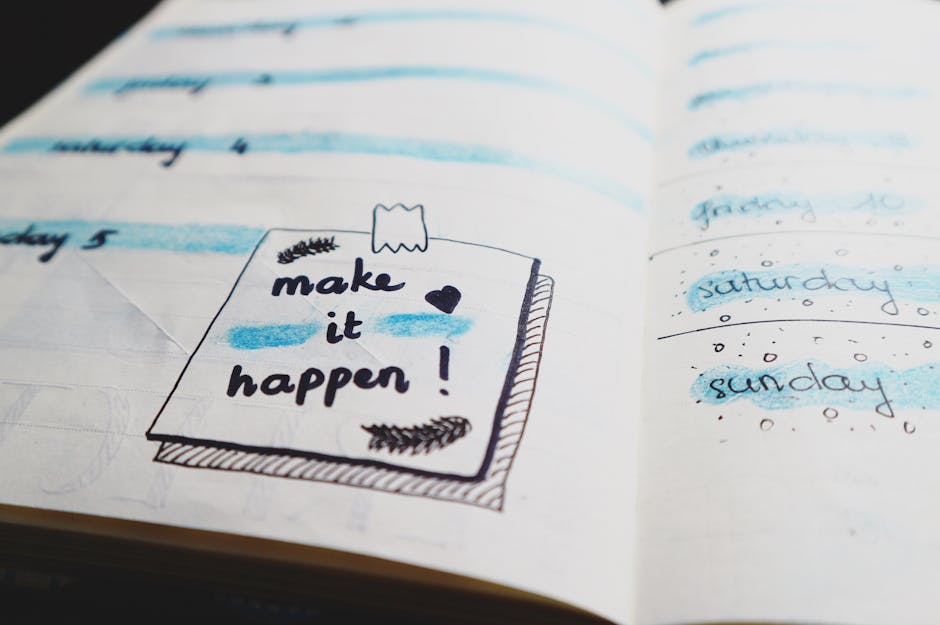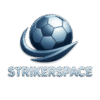Individual soccer training is one of the most effective ways to sharpen skills, improve fitness, and build confidence on the pitch. Whether you are a youth player, an amateur, or an advanced athlete, having a structured session plan ensures your efforts bring real progress. Many players struggle with questions such as what to focus on, how long sessions should last, or which drills best transfer to matches. This guide covers everything you need to know about creating a complete, effective training session.
If you’re just beginning and want a complete overview of why solo practice is so valuable, what areas to focus on, and how to avoid common pitfalls, check out this article: The ultimate individual soccer training guide. It’s the perfect starting point before you dive deeper into structuring your own sessions.
Defining your training objective (What to focus on)
Every successful individual soccer training session starts with a clear objective. Without a focus, it’s easy to fall into random drills that do not build toward specific improvements. Your objective will depend on your level, position, and personal goals.
Examples of objectives:
- Improving first touch under pressure.
- Developing stronger finishing with your weaker foot.
- Increasing short-distance sprint endurance.
- Enhancing ball control in tight spaces.
Tip: Ask yourself, What skill would most impact my performance in the next game? Use that answer to guide the session.
Structuring the session: The basic framework
Once you have your goal, the next step is structuring your session. A well-planned session follows a simple order:
- Warm-up – Light cardio, dynamic stretches, mobility, and light ball work.
- Technical work – Ball mastery, passing, dribbling, shooting.
- Applied or game-like drills – Add speed, pressure, or situational awareness.
- Cool-down – Stretching, light jogging, recovery.
Tip: Begin with simpler drills and gradually increase the intensity. This ensures you are physically prepared and mentally engaged.
Choosing the right drills (and adding pressure)
Drills are the building blocks of your session. The key is balancing isolated technical work with drills that replicate real-game situations.
Examples of isolated drills:
- Cone dribbling patterns.
- Passing against a wall with both feet.
- Stationary ball juggling.
Examples of applied drills:
- Timed dribbling circuits with changes of direction.
- Shooting drills under fatigue.
- Reaction drills where you must scan before passing.
Tip: Always connect drills to your training objective. If your focus is finishing, dedicate most of your time to shooting in different scenarios.
Managing your time
Time management is essential for effective individual soccer training. A standard session should last between 60 and 75 minutes. Shorter sessions of 30 to 45 minutes can also be effective if intensity is high.
Suggested breakdown:
- Warm-up: 10 minutes.
- Technical work: 20–30 minutes.
- Applied/game-like drills: 20 minutes.
- Cool-down: 5–10 minutes.
Tip: Quality always beats quantity. A focused 40-minute session is more valuable than a distracted 90-minute one.
Progression & increasing difficulty
Improvement comes from consistent progression. If you repeat the same drills without changes, your development may stall.
Ways to progress drills:
- Add speed: perform drills faster while maintaining accuracy.
- Reduce space: dribble or pass in tighter areas.
- Use weaker foot: build confidence and versatility.
- Add multitasking: scan or call out numbers while completing drills.
Tip: Track your results. Count successful passes, shots, or timed runs. Aim to improve each week.
Warm-up and cool-down content & design
Skipping warm-ups or cool-downs increases the risk of injury. They also help you perform at your best.
Warm-up ideas:
- Dynamic stretching (leg swings, lunges).
- Ball mastery at low intensity.
- Short sprints with changes of direction.
Cool-down ideas:
- Light jogging.
- Static stretches (hamstrings, calves, hip flexors).
- Breathing exercises for recovery.
Tip: Link the warm-up to your session objective. If your focus is dribbling, start with light touches on the ball.
Awareness, decision-making & the mental game
Soccer is not only physical but also mental. Many players overlook awareness and decision-making in solo training.
How to train awareness individually:
- Practice scanning by looking up before passing to a wall.
- Use external cues (colors, numbers) while dribbling.
- Train under time limits to mimic game pressure.
Tip: Awareness training improves your ability to anticipate plays and make faster decisions in matches.
Keeping motivation high & making training fun
Training alone can feel repetitive. To maintain motivation, build fun and variety into your sessions.
Ideas for fun training:
- Set challenges (e.g., 50 passes without a mistake).
- Compete against your own times or scores.
- Rotate drills weekly to keep sessions fresh.
Tip: Music, apps, or training with a partner occasionally can increase engagement and consistency.
Adapting to individual constraints
Not every player has access to full-sized fields or professional equipment. You can still train effectively with minimal space or gear. Be creative.
Adaptation examples:
- Use a garage wall for passing drills.
- Train dribbling in a driveway or small backyard.
- Replace cones with shoes or water bottles.
Tip: Focus on creativity. Many professional players grew up training in limited spaces, which improved their close control.
Transferring training to match performance
The ultimate goal of individual soccer training is improved match performance. Isolated drills only matter if they translate to real-game situations.
How to bridge training and games:
- Add fatigue to drills so you practice under tired conditions.
- Work on scanning and awareness to mimic real match pressure.
- Recreate common in-game movements such as sprinting, stopping, and turning quickly.
Tip: Review your matches. Ask yourself, Did my solo training show up in my performance? If not, adjust your focus.
Planning ahead & building consistency
Consistency turns individual soccer training into lasting progress. Random sessions may help, but structured long-term planning is more effective.
How to plan ahead:
- Create a weekly or monthly calendar with specific themes.
- Rotate between technical, physical, and tactical focuses.
- Build in rest days to avoid burnout.
Tip: Keep a training log. Note what drills you did, how long, and what improvements you saw. Reviewing this helps track progress and stay motivated.

Maximizing results from individual soccer training sessions
A structured individual soccer training session maximizes your improvement by giving purpose to every drill and every minute of practice. Start with a clear objective, build your session with the right sequence, and focus on progression. Add awareness, keep things enjoyable, and always link training back to match performance. With consistency, discipline, and creativity, your solo sessions will directly enhance your game.
Final note: Remember that even professional players dedicate countless hours to individual soccer training. With the right structure, you can make every session count.
